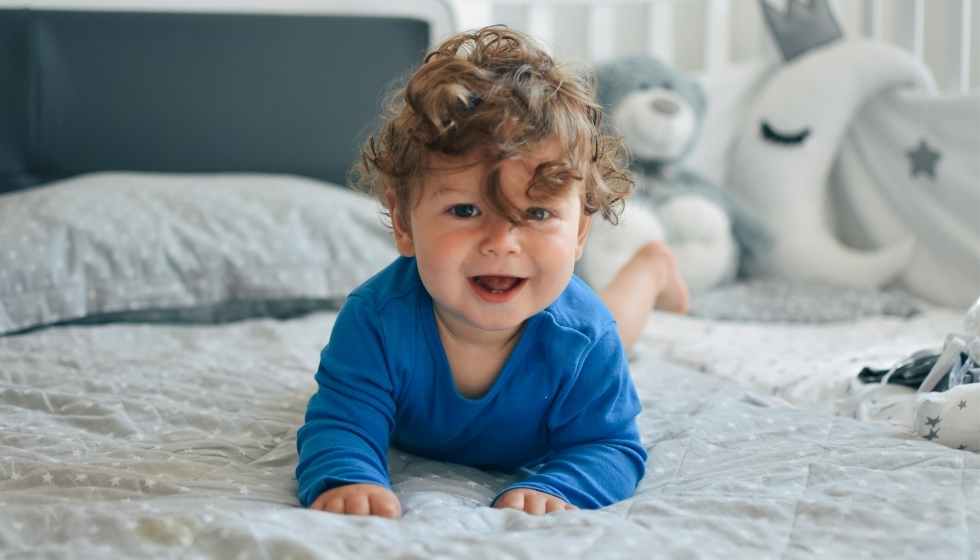The baby seems so clean and fragrant to us, and suddenly we discover that it has unattractive-looking scabs on the head and forehead. An ignorant mother can easily panic; she is afraid of dangerous eczema.
In fact, it is a typical skin manifestation that occurs in babies from the second to the third week of age and usually disappears by the end of the third month. It is a not-so-serious skin disease called seborrheic dermatitis.
The yellowish scales or crusts accompanying them are the product of excessive secretion of the sebaceous glands. They appear in the hair, sometimes on the forehead and eyebrows. It is not painful; maybe the baby can just itch a little.
When the function of the sebaceous glands returns to normal, they stop forming.
Some mothers are afraid to remove the scabs and are so scared of the soft parts of the skull, fearing they will somehow damage them. Others, on the other hand, feel that they must go away at all costs so that the affected areas do not become inflamed, become a source of infection, or simply so that it does not harm the baby in any way.
It is a fact that affected areas tend to be more susceptible to yeast infection. If you are worried, you can remove the husks from the hairs. However, milky crusts should not be removed forcibly but with the help of commonly available means. How to get them down quickly and gently?
How to Remove The Husks?
Use Petroleum Jelly
Salicylic petroleum jelly helps soften crusts. We rub it on the baby’s head a few hours before the bath, and then we try to remove the crusts with a soft hair brush. We finish by washing the head with gentle shampoo.
Vegetable Oil Also Helps
Gently rub the affected areas with cotton wool soaked in almond or olive oil. This will loosen the crusts if they are not holding too tightly. If it doesn’t work the first time, there is a chance the next time the procedure is repeated. We do it every day. At the same time, we massage the head, and the skin gets blood, which is a welcome prevention against the formation of milky crusts.
Try Breast Milk
Nursing mothers can apply a few drops of breast milk to the affected areas. The crusts will peel off more easily when we gently brush the head.
Bet on Herbs
Roman chamomile, also known as Roman chamomile, is a herb from which a hydrolase (product of steam distillation) is produced, suitable for the care of delicate skin, including that of infants. We apply it with a sprayer to the affected areas; when it dries, we apply calendula ointment. We leave it on for the next day and then wash the head. The crusts should disappear.
In addition to these home methods, there are, of course, special preparations recommended by a doctor or in a pharmacy.
Prevention Pays Off
The prevention of milk crusts should not be forgotten either. We will not stop their creation by tearing them down or forcibly scraping them off.
The effect could be completely opposite, it would cause increased sebum production, and the condition would worsen. We ensure to wash the baby’s head every day or every other day with a gentle shampoo and then rinse well and dry carefully.
We brush the hairs with a soft brush so as not to damage the scalp. But it should have firmer bristles so that the head can be massaged and the skin can get enough blood. The good news is that this problem is only temporary, and the baby will grow out of it.


